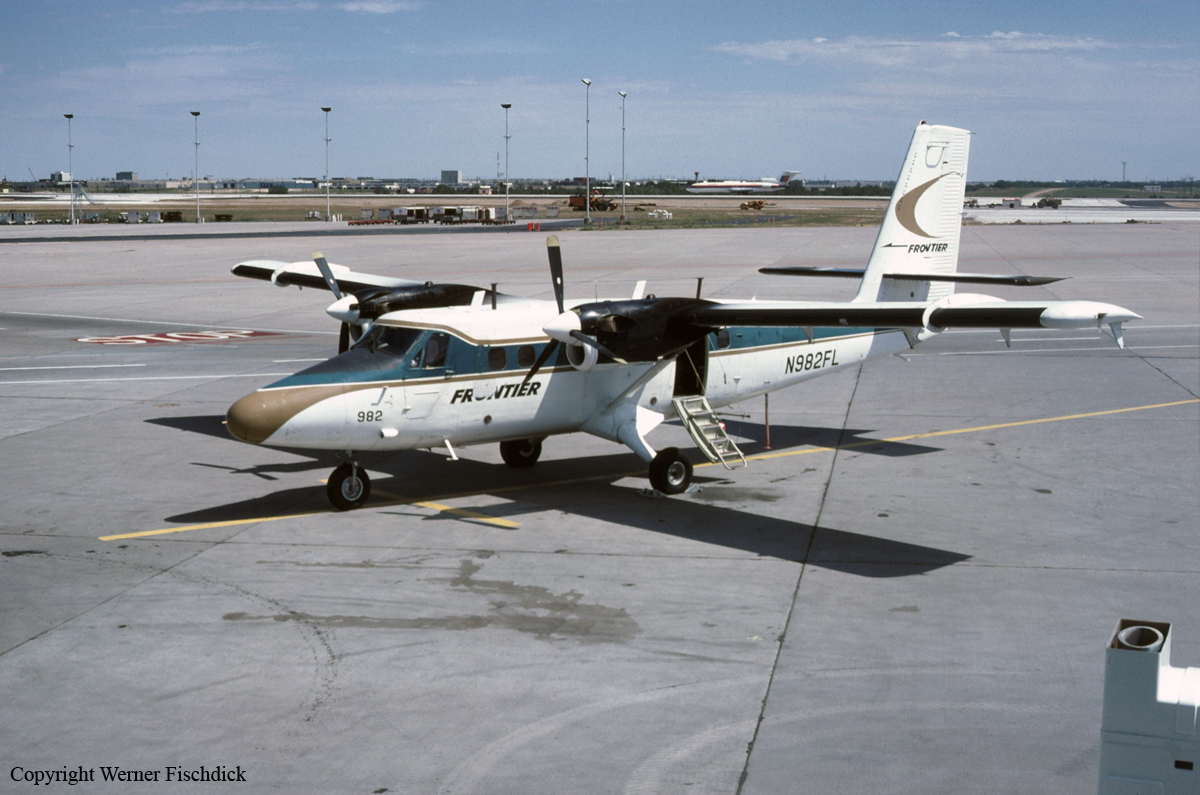Crash of a Piper PA-61 Aerostar (Ted Smith 601P) in Fountain: 2 killed
Date & Time:
Nov 12, 1982 at 2303 LT
Registration:
N3641T
Survivors:
No
Schedule:
Pueblo – Englewood
MSN:
61P-0818-8063427
YOM:
1980
Crew on board:
2
Crew fatalities:
Pax on board:
0
Pax fatalities:
Other fatalities:
Total fatalities:
2
Aircraft flight hours:
948
Circumstances:
After taking off at approximately 2250, the aircraft was identified on radar and observed to climb on course to an altitude of 10,700 feet. The aircraft then descended thru 10,500 feet and the crew reported they would maintain that altitude. At about 2301 the aircraft was about 5 miles southeast of Colorado Springs and at 10,300 feet when radar contact was lost. The aircraft crashed in that area in a near vertical descent. The outboard 8 feet of the right wing had separated in flight and impacted about 1/4 mile from the main wreckage. The right aileron had sheared in 3 pieces also and was found near the failed wing. There was evidence that the the wing had yielded to a down and up loading (1 cycle) when it separated upward and rearward. All fracture surfaces had evidence of overload failures except the aileron control linkage which was further damaged on impact and could not be evaluated. Both pilots were using medication that was contraindicated for use by airmen and both pilots had little sleep during the previous 48 hours. Before the flight the pilot seemed agitated and the copilot had an odor of beer. Both occupants were killed.
Probable cause:
Occurrence #1: loss of control - in flight
Phase of operation: cruise - normal
Findings
1. (c) reason for occurrence undetermined
----------
Occurrence #2: airframe/component/system failure/malfunction
Phase of operation: descent - uncontrolled
Findings
2. (f) light condition - night
3. (c) design stress limits of aircraft - exceeded
4. (f) fatigue - pilot in command
5. (f) fatigue - copilot/second pilot
6. Other psychological condition - pilot in command
7. Impairment(alcohol) - copilot/second pilot
8. Impairment(drugs) - pilot in command
9. Impairment(drugs) - copilot/second pilot
10. Flight control,aileron - overload
11. Flight control,aileron - separation
12. Wing,spar - overload
13. Wing,spar - separation
----------
Occurrence #3: in flight collision with terrain/water
Phase of operation: descent - uncontrolled
Phase of operation: cruise - normal
Findings
1. (c) reason for occurrence undetermined
----------
Occurrence #2: airframe/component/system failure/malfunction
Phase of operation: descent - uncontrolled
Findings
2. (f) light condition - night
3. (c) design stress limits of aircraft - exceeded
4. (f) fatigue - pilot in command
5. (f) fatigue - copilot/second pilot
6. Other psychological condition - pilot in command
7. Impairment(alcohol) - copilot/second pilot
8. Impairment(drugs) - pilot in command
9. Impairment(drugs) - copilot/second pilot
10. Flight control,aileron - overload
11. Flight control,aileron - separation
12. Wing,spar - overload
13. Wing,spar - separation
----------
Occurrence #3: in flight collision with terrain/water
Phase of operation: descent - uncontrolled
Final Report:





